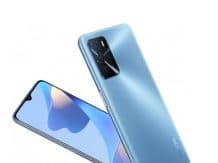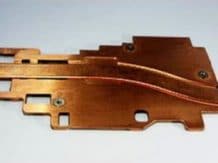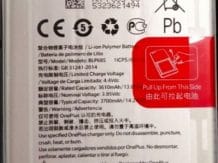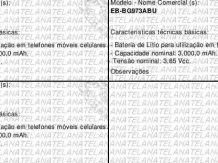Smartwatches are just the beginning of smart wearable devices and we can be sure of that. Scientists’ work on sensors and “wearable” batteries is still ongoing and sooner or later they will be commercialized in devices we have never even dreamed of. Example? A new battery that draws its energy from sweat.
The current problem of flexible electrical devices, which most often take the form of sensors, is the power supply itself. Usually, traditional, rigid batteries are used for this and must be recharged regularly. So when it comes to an accumulator that draws energy from sweat, everything takes on a whole new dimension, bringing us closer to the reality in which clothing can act as a platform for collecting key information about our condition.
Also read: The price of cryptocurrencies has returned to heights. However, the record is still missing
Scientists have developed a battery that can generate energy using human sweat
The new battery was created thanks to scientists from Nanyang Technological Universitywhose work was published in Science Advances. There we will read that this new, experimental battery measuring 2 by 2 cm, which is printed on a flat fabric that absorbs sweat, is soft, stretchy and powered by human sweat. This fabric can then be integrated with armbands or wristbands, which is essential to ensure that the system has continuous access to sweat.
Also read: The first pontoon with brakes. Here is the family Switch from Sea-Doo
All this so that the battery consisting of a hydrophilic polymer with microscopic silver flakes starts to generate energy when exposed to sweat. This chemical reaction, including but not limited to chloride ions increase the ability of the flakes to conduct electricity and, in addition, cause an electric current to flow between them.
Also read: Robots accelerate the recycling of batteries from electric vehicles
Tests have shown that this battery system, created without the use of toxic chemicals or heavy metals, is capable of generating 3.9 milliwatts of power output at 4.2 volts. This was supposed to be enough to power the temperature sensor, which continuously sent data to the smartphone via Bluetooth.















